
5 questions your artist statement should answer
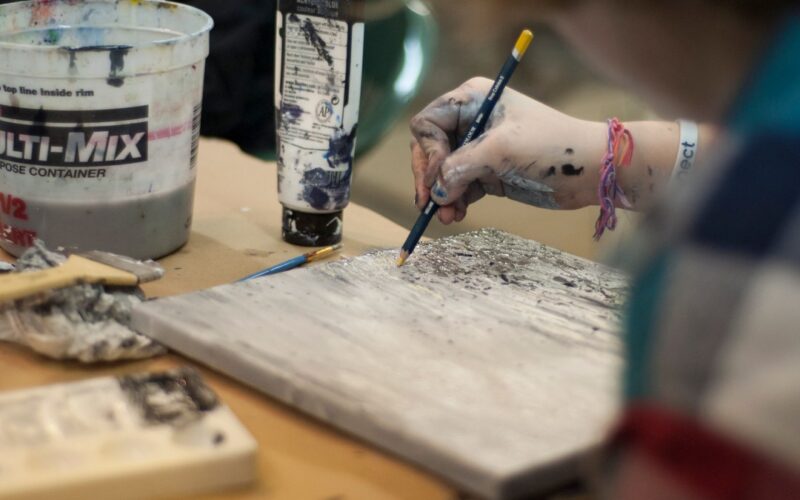

Have you ever seen a painting that touched your heart? Art can make us think and feel things even without using words. Artists pour their feelings into their work, trying to show beauty, emotions, and ideas. But you know what? Sometimes, even if they make something beautiful, only a few people might notice it. Why? Because buyers might need help getting what it’s all about and what the artist is trying to say.
This is where an artist’s statement comes to the rescue. Think of it as a spotlight that shines a light on your artwork, revealing hidden stories and thoughts. It’s like adding subtitles to a movie, helping the audience connect the dots and grasp the deeper meanings that might otherwise remain a mystery.
But here’s the thing: writing an artist’s statement isn’t always easy. Sometimes, artists end up with fancy statements that don’t show who they are. It’s like you’re saying stuff, but it doesn’t mean anything. And that’s a bummer because your viewers want to know you better. They want to get why you make art and what you’re trying to say.
In this blog, we will break down five important questions every artist should answer in their statement. These questions are like guides to help you create a statement that’s not just about your art but also about you. And guess what? We’ve got a secret to share, too—stay tuned to discover how crafting an artist statement can even help sell your work, connecting you with an audience who truly appreciates your journey.
Why do I make art?
Answering the first question, “Why do I make art?” is like unlocking the door to your world. This question is essential because it reveals the heart of your journey to your audience. When people understand why you create art, it helps them connect with your work on a deeper level. It’s like sharing a secret that lets them see your art from your perspective.
So, how can you answer this question in your artist statement?
Artist statement example taken from George O’Keeffe’s work:
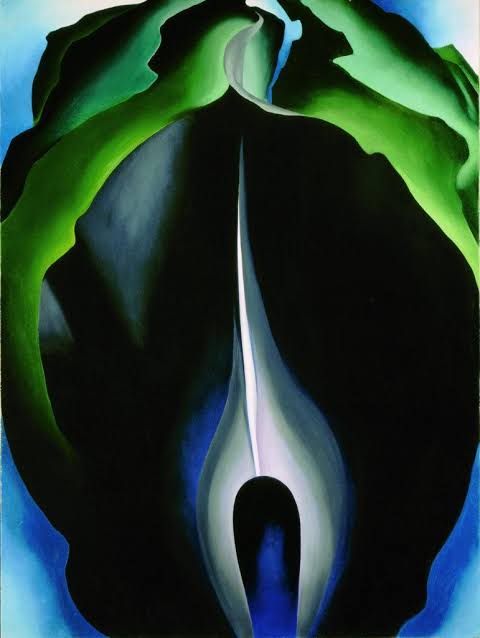
“When you take a flower in your hand and really look at it, it’s your world for the moment. I want to give that world to someone else… Nobody really sees a flower – really – it is so small – we haven’t time – and to see takes time… So I said to myself – I’ll paint what I see – what the flower is to me but I’ll paint it big and they will be surprised into taking time to look at it.”
It’s simpler than it might seem. Reflect on what draws you to art in the first place. Is it a way to express your feelings? Do you want to share your unique view of the world? Maybe you’re fascinated by the interplay of colors and shapes. Jot down what motivates you to create, and that’s your answer. You don’t need fancy words; just be sincere about why you enjoy making art.
Finding the “Why” behind your journey helps your audience connect with you as a person and understand the meaning behind your creations. It adds depth to your work, allowing viewers to glimpse the passion and purpose of your art.
What inspires my art?
After understanding why you create art, the next step is to explore what inspires your creative process. This question helps your audience connect the dots between your life experiences and the art you produce. Sharing your sources of inspiration creates a personal bond between you and your viewers, making your art more relatable.
Including what inspires your art in your statement helps your audience see the world through your eyes. It’s like giving them a backstage pass to your mind. When people know what moves you, they can better appreciate the stories your art tells.
How to answer this question?
Think about what catches your attention and fuels your artistic fire. Is it the play of light during a sunset? Memories from your childhood? The textures of nature? Take a moment to think about these sources of inspiration and jot them down.
Artist statement example taken from Pierre Bonnard’s work:

“I’m trying to do what I have never done – give the impression one has on entering a room: one sees everything and at the same time nothing.”
By shedding light on your sources of inspiration, you invite your viewers to embark on a journey alongside you. As they discover what captivates your imagination, they’ll find themselves drawn into your creative world, forging a stronger connection with you and your art.
What message do I want to convey through my art?
Now that you’ve shared why you make art and what inspires you to convey the message your art carries. This question is like uncovering the hidden treasure within your creations. It helps your audience understand the stories, emotions, or ideas you’re trying to communicate through your art.
Telling people what your art is about gives them a roadmap to its meaning. When your audience knows the message, they can connect with your work personally. It’s like speaking directly to their hearts and minds through your art.
How to answer this question?
Consider what you want to say with your art. Is it about hope, love, nature, or a personal experience? Think about the feelings or ideas you want to evoke in your audience. Write down the core message you want your art to convey. This will help your viewers see beyond the surface and engage with the deeper significance of your work.
Example of an artist statement taken from Henri Matisse’s work
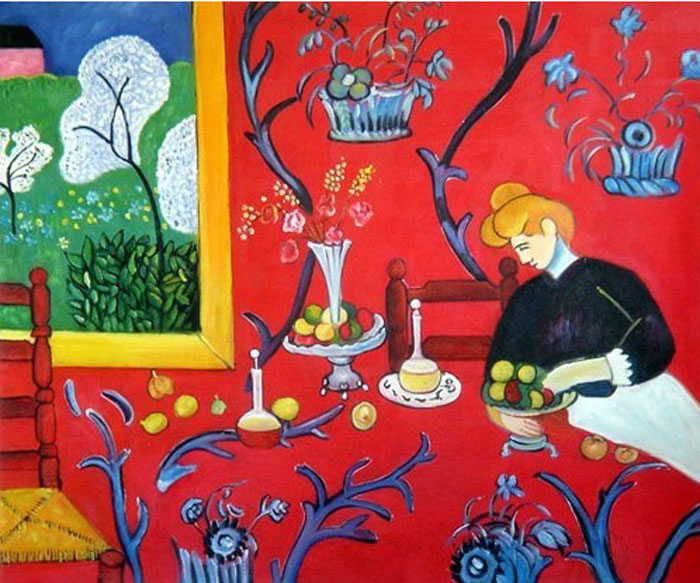
“I don’t paint things; I paint only the differences between things… I do not literally paint that table, but the emotion it produces upon me. What I dream of is an art of balance, of purity and serenity devoid of troubling or depressing subject matter – a soothing, calming influence on the mind, rather like a good armchair which provides relaxation from physical fatigue.”
Sharing the message behind your art adds layers of meaning that resonate with your audience. As they understand your stories, they become more invested in your creations. This connection can turn casual observers into avid supporters of your journey.
How do I make my art?
This question is like giving people a sneak peek behind the scenes. It helps them see the steps and tricks you use to create your amazing pieces.
Talking about how you make your art lets people see your hard work. It’s like showing them your recipe to cook up your art. When they know how you do it, they can appreciate the effort and skills that make your art special.
How to answer this question?
Think about the stuff you use to make your art—like brushes, colors, or any techniques you use. Do you draw sketches before painting? Do you try different things to get different textures? Explain the steps you take from having an idea to finishing your art piece. You don’t need to tell all your secrets, but giving a little peek into your process helps people get how your art comes to life.
Example of an artist statement taken from Louise Bourgeois’s work:
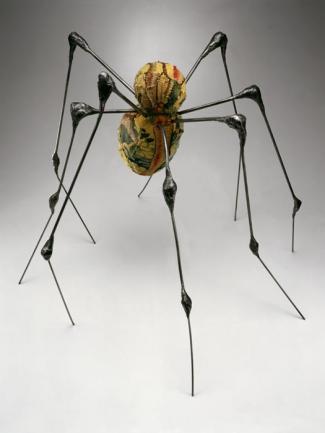
“I’ve drawn my whole life. My parents were in the tapestry restoration business, and as a young girl, I would draw in the missing parts of the tapestry that needed to be re-woven. My ability to draw made me indispensable to my parents.
Talking about how you create your art adds a personal touch to your artist’s statement. It lets people imagine you working on your art, making a connection between you and your work. This insight changes your art from something pretty to something full of passion and talent.
How will your art impact the buyers?
This question helps you explain why your art is worth their attention and how it might touch their lives.
Telling people why your art matters helps them see the value in what you create. It’s like showing them why they should care about your art. Knowing how your art can connect with their feelings or thoughts makes them more likely to communicate with your work.
Artist statement example taken from Berthe Marisot’s work:
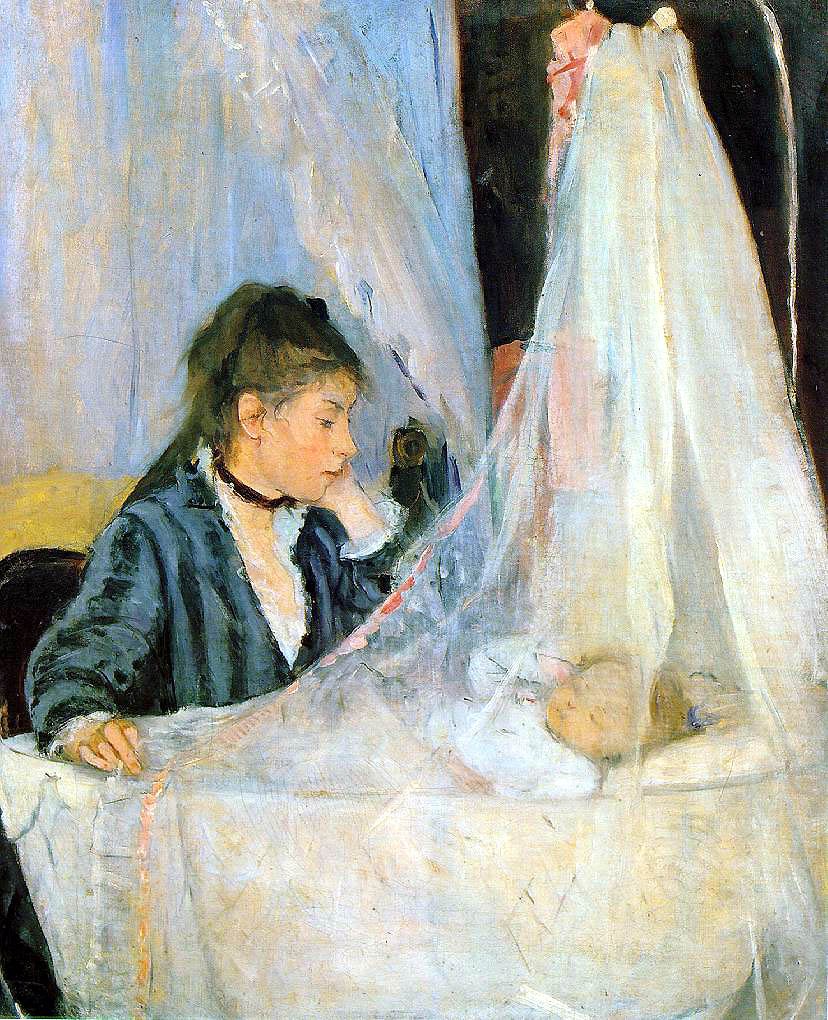
“It is important to express oneself… provided the feelings are real and are taken from your own experience… My ambition is limited to capturing something transient and yet, this ambition is excessive.”
Answering why your art should matter to your audience adds a final touch to your artist statement. It’s like telling people, “Hey, this is why my art is special, and you should care.” When people understand your art’s impact on them, it makes them more interested in your work and more connected to you as an artist.
Remember,
Your words can help you get cool opportunities for your art business. Even though your art is great, your artist statement is like a hello to your brand. So, think about these important questions and make your potential buyers excited.
Remember, your artist statement isn’t just a paper thing. It’s like a bridge between your art and those who like it. When you make a statement that clicks, you’re inviting people to understand your art better. Your special story and useful tips can make your artist statement stand out and give anyone who reads it a good feeling.
Are you looking for an artist statement that helps you get noticed?
Unlock the full potential of your art by crafting an artist statement that resonates with the world. Our specialized artist statement writing service empowers you to connect deeply with your audience, capturing the essence of your journey, inspirations, and aspirations.
With our guidance, your portfolio will radiate clarity, authenticity, and impact. Whether you’re targeting galleries, curators, or collectors, our service holds the key to unlocking understanding and appreciation, ensuring your artwork receives the attention and recognition it truly deserves.
We have a range of services designed just for you:
- Complete Writing: We handle everything – from brainstorming to editing – to give you a finished artist statement.
- Consultation: We team up with you to develop ideas and provide feedback on your writing.
- Editing: We refine your statement to make it clear, brief, and mistake-free.
No matter what you need, we’re here to assist you in crafting an artist statement that gets you closer to your goals.
Get started now and let your art and words work together to make a big impression!








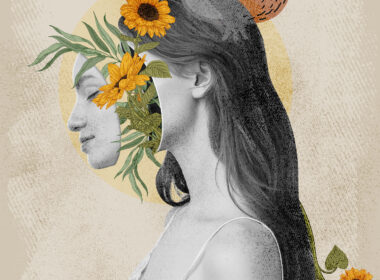
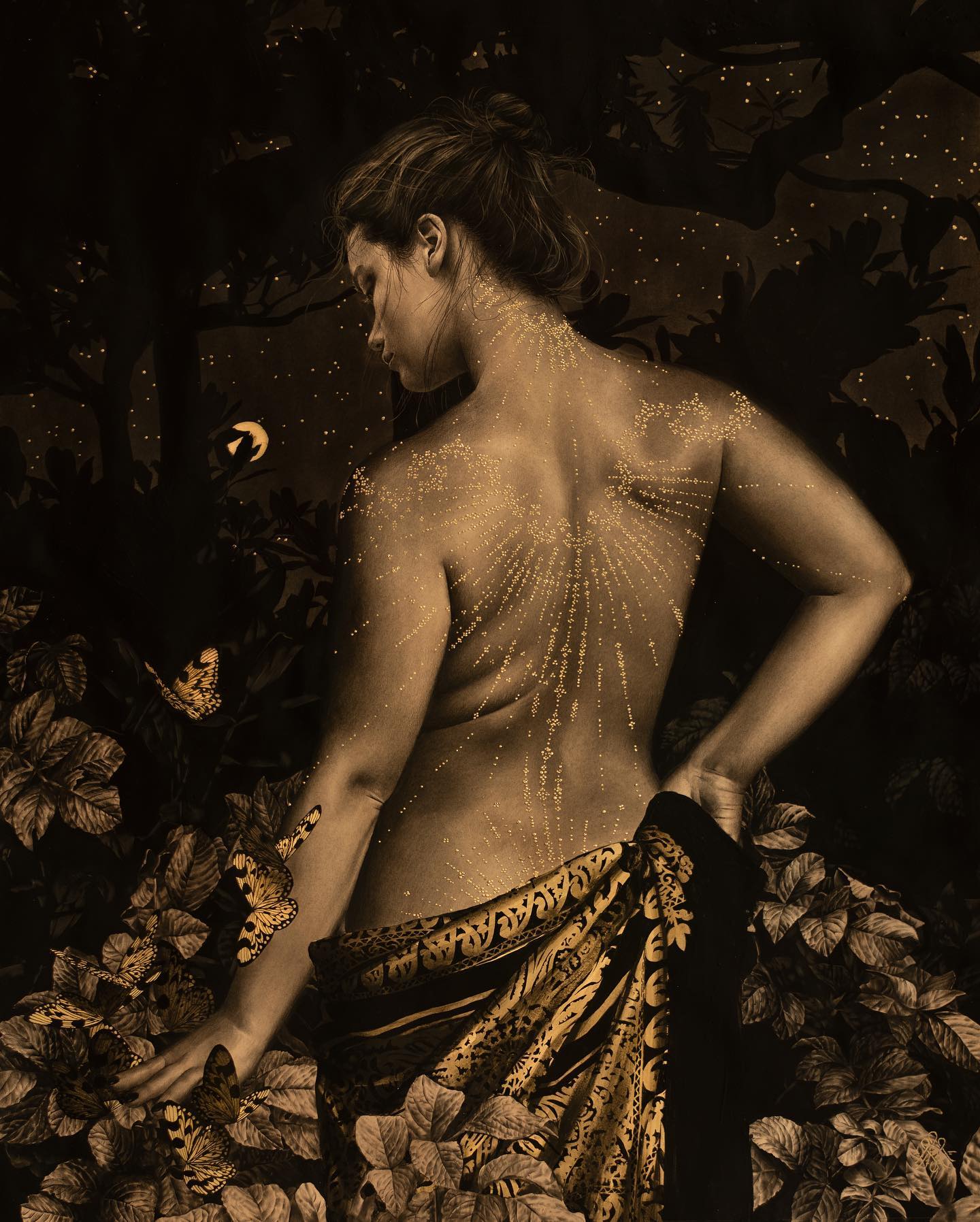


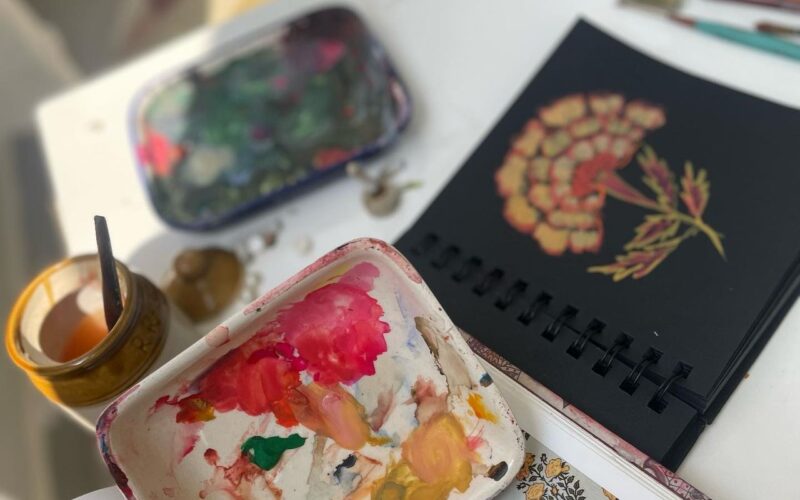
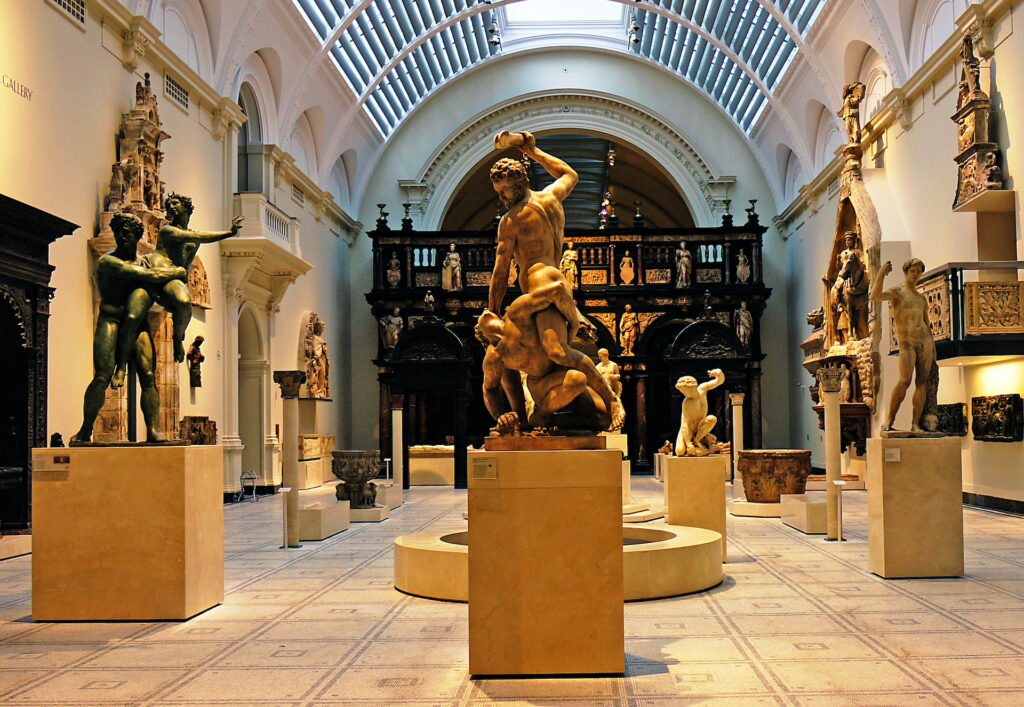
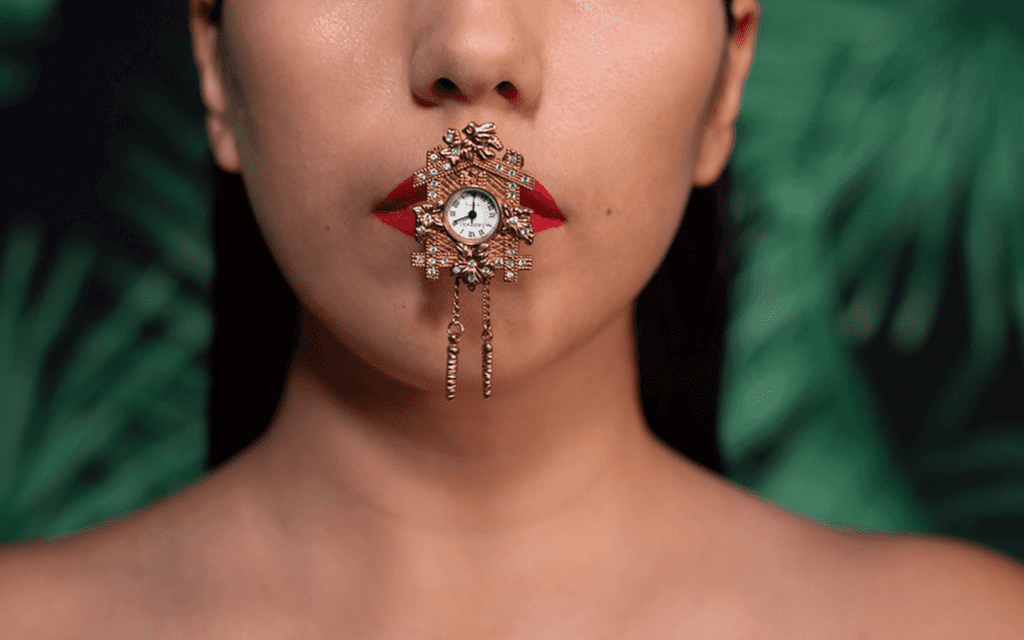
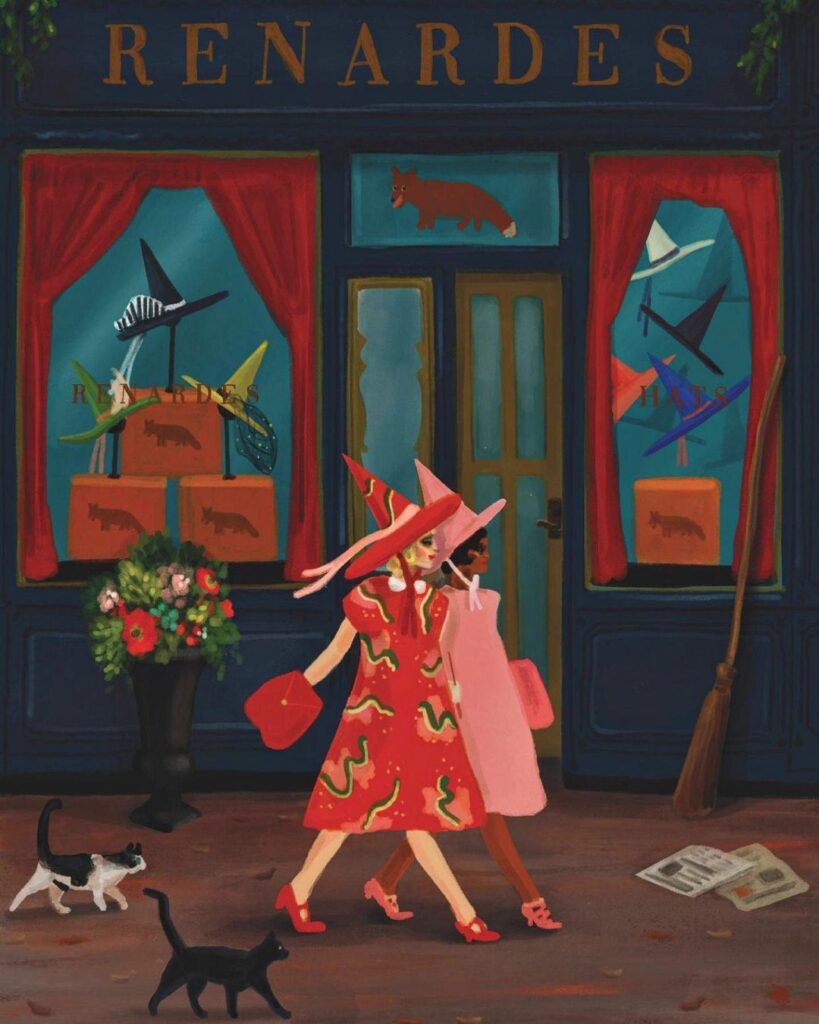

Comments 16